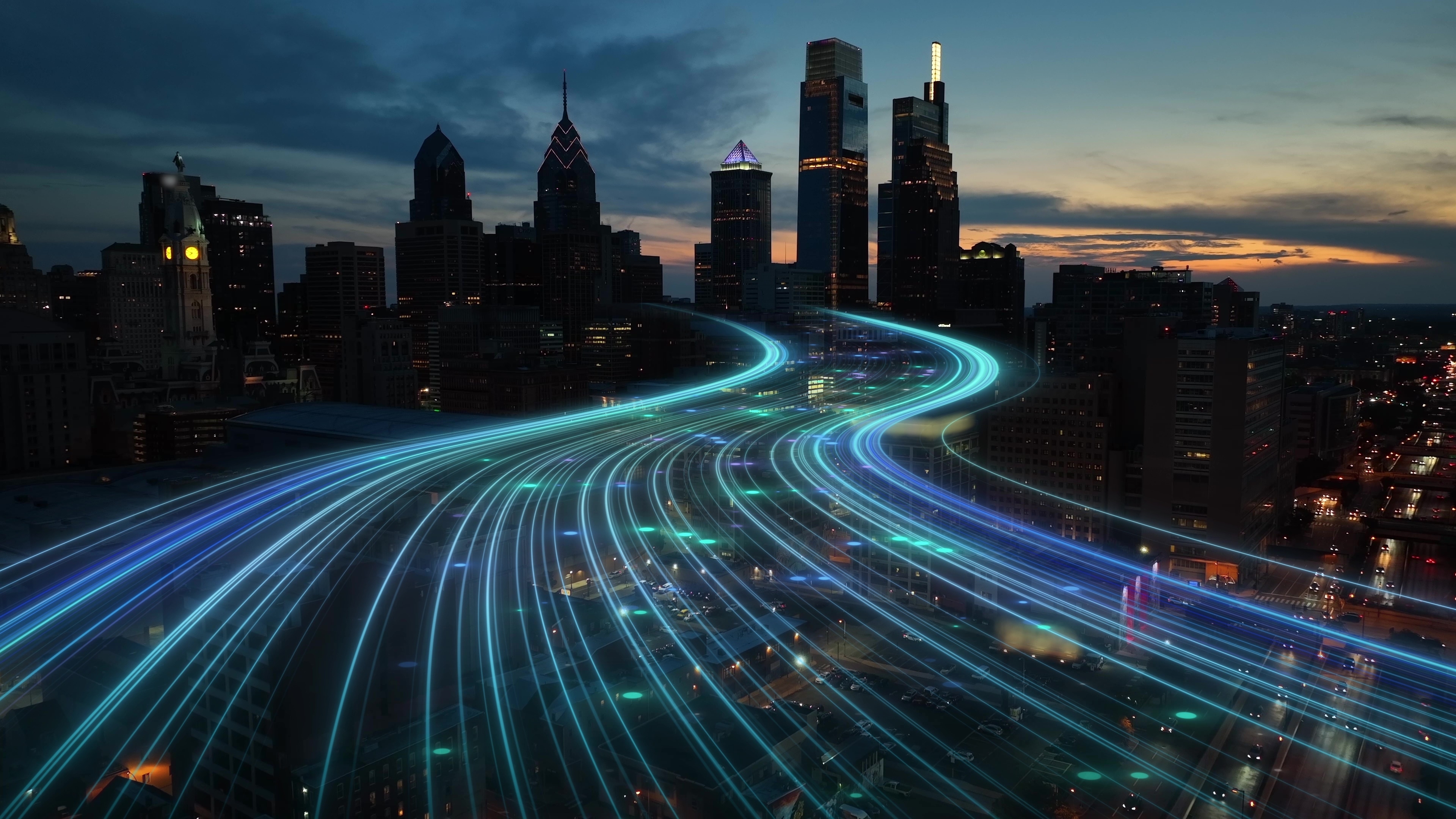KEY POINTS
-
Oak Ridge National Laboratory and its collaborators used 3D-printed concrete forms to cut nuclear concrete formwork time from weeks to just 14 days, while improving precision and reducing waste.
-
Printed at ORNL’s Manufacturing Demonstration Facility, the reusable polymer molds enabled the creation of complex, radiation-shielding concrete columns with up to 75% less wood use compared to traditional wood or steel forms.
-
This pilot project highlights how advanced manufacturing, like 3D printing, can accelerate timelines, lower material costs, and improve flexibility for complex infrastructure projects.
Oak Ridge National Laboratory (ORNL) is helping reshape nuclear construction through a new pilot project with Kairos Power and Barnard Construction. In a late July update, ORNL reported using large-scale 3D printing and artificial intelligence to fabricate custom concrete forms for a demonstration reactor.
The result was a reduction in build time and wasted material. The project showcases how advanced manufacturing can bring greater speed, precision, and efficiency to complex infrastructure construction projects like nuclear energy.
3D-Printed Concrete Forms
The 3D-printed concrete forms, called Janus shielding forms, were printed at ORNL’s Manufacturing Demonstration Facility and shipped to the Hermes Low-Power Reactor site in Tennessee. There, they were used to cast radiation-shielding concrete columns, each stacked about 30 feet high.
The job, normally done in weeks with wood or steel forms, was finished in 14 days, a big win for the project cost and schedule. On its website, Oak Ridge National Laboratory wrote that the 3D molds are more precise, lighter weight, and reusable, and they reduce wood use in concrete form assemblies by as much as 75%.
The 3D-printed concrete forms also allowed the team to build complex shapes that would have been harder or more expensive to fabricate in the typical manner.

A rendering of the Hermes Low-Power Demonstration Reactor facility. It will be the first and only Gen IV reactor to be approved for construction by the US Nuclear Regulatory Commission and the first non-light-water reactor to be permitted in the US in over 50 years, according to company officials. Image Kairos Power
What It Means for Construction Professionals
The use of 3D printing in construction isn’t new, as it is already being applied to everything from small-scale housing to warehouse construction and bridge components. But the technology has found a new application in the nuclear sector, and for construction professionals, that means:
-
Faster Concrete Forming: 3D printing reduces time to build forms.
-
Less Material Waste: Reusable molds reduce reliance on wood and steel.
-
More Jobsite Flexibility: Custom shapes are easier to produce and install.
-
Ready to Scale: The methods are already being considered for future full-size reactor builds.
Kairos Power is building the Hermes low-power demonstration reactor in Oak Ridge to show its ability to safely and affordably produce clean nuclear heat. Hermes will generate 35 MW of thermal power, which the company indicated is about one-tenth the size of its future commercial nuclear reactors.
Kairos Power started construction on the Hermes Low-Power Demonstration Reactor in 2024. It will be the first and only Gen IV reactor to be approved for construction by the US Nuclear Regulatory Commission and the first non-light-water reactor to be permitted in the US in over 50 years, according to company officials.
The demonstration reactor is a key step toward launching the company’s larger fluoride salt-cooled reactor design, which, once online, could help meet the expected surge in US energy needs.
The Drive for More Energy
Power-hungry data centers are increasingly driving large-scale energy projects as AI and cloud adoption fuel a construction surge.
ConstructConnect Chief Economist Michael Guckes reported in a special Data Center Report last week that in June 2025 alone, U.S. data center starts reached $2.4 billion, pushing year-to-date totals up 48% to $12.9 billion.
The South and Midwest dominate projected activity, with Ohio, Georgia, and Arizona leading a market where over 60% of value is concentrated in just five states.
Rising electricity demands from these facilities are spurring parallel energy infrastructure development, particularly in the South and West, signaling a growing convergence of digital infrastructure and power generation.
About ConstructConnect
At ConstructConnect, our software solutions provide the information construction professionals need to start every project on a solid foundation. For more than 100 years, our insights and market intelligence have empowered commercial firms, manufacturers, trade contractors, and architects to make data-driven decisions and maximize productivity.
ConstructConnect is a business unit of Roper Technologies (Nasdaq: ROP), part of the Nasdaq 100, S&P 500, and Fortune 1000.
For more information, visit constructconnect.com


.jpg?upsize=true&upscale=true&width=255&height=165&name=GE%20Aerospace%20workers%20seen%20holding%20a%20device%20produced%20at%20their%20facility%20(PHOTO-%20GE%20Aerospace).jpg)


.jpg?upsize=true&upscale=true&width=100&height=100&name=GE%20Aerospace%20workers%20seen%20holding%20a%20device%20produced%20at%20their%20facility%20(PHOTO-%20GE%20Aerospace).jpg)


